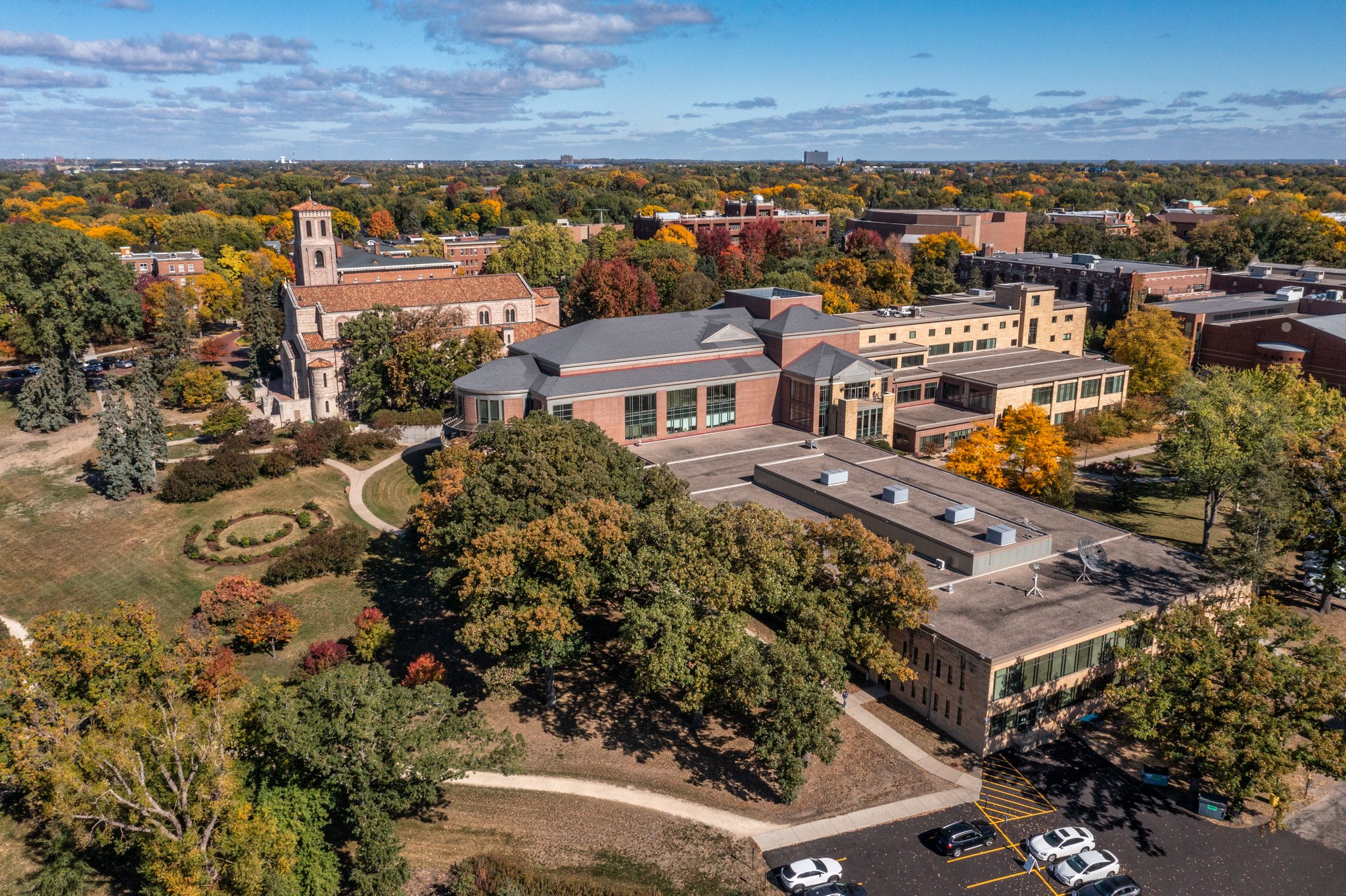Winter’s Coming! Schedule Your Fall Commercial Roof Inspections Now…
Nobody likes to think about Winter in August, but Winter in Minnesota is no joke and August is the ideal time to start planning for cold weather. With heavy snowfall, frigid temperatures, and icy conditions, the harsh weather can wreak havoc on commercial roofs. Now is the perfect time for commercial property owners and facilities managers to schedule fall roof inspections.
These inspections are crucial to prepare for the upcoming winter and ensure your building remains safe and secure. In this post, we’ll explore why fall is the optimal time for these inspections, the benefits of proactive maintenance, and what you can expect during a professional roof inspection. The risks of not scheduling these inspections are too high to ignore.
The Impact of Minnesota Winters on Commercial Roofs
Minnesota winters are infamous for their severity. Snow accumulation can significantly strain commercial roofs, causing potential structural damage. Ice dams can form along the edges, leading to water seepage and leaks. The freeze-thaw cycle adds additional stress, potentially causing cracks and splits in roofing materials. Understanding these challenges is the first step in realizing the critical importance of pre-winter roof inspections.
Snow Accumulation and Weight
Heavy snowfall adds considerable weight to commercial roofs. This excess load can stress the structural integrity of the roof and the building itself, leading to potential collapses or other forms of damage. Regular snow removal can help, but ensuring your roof is structurally sound before the snow starts to fall is essential.
Ice Dams and Water Seepage
Ice dams form when the snow melts, runs down the roof, and refreezes at the edges. These dams block further water drainage, causing it to back up under the shingles and into your building. This can lead to costly water damage and interior leaks. A well-maintained roof can help prevent ice dams from forming.
The Freeze-Thaw Cycle
The freeze-thaw cycle causes repeated expansion and contraction of roofing materials. Over time, this can lead to cracks, splits, and other forms of damage. Regular inspections can identify these issues early, allowing for timely repairs and preventing more severe problems.
The Benefits of Scheduling Fall Inspections
While the cost of a fall roof inspection may seem like an additional expense, it’s important to remember that it’s an investment in the long-term health of your building. By addressing issues before winter hits, you can prevent costly damages, improve energy efficiency, and extend the lifespan of your roof.
Prevent Costly Damages
A thorough fall inspection can identify minor issues before they become significant problems. Addressing these small repairs when first discovered can save you considerable money in the long run by preventing more extensive damage that would be much more expensive to fix.
Improve Energy Efficiency
A well-maintained roof helps regulate the building’s temperature, ensuring it remains energy-efficient. Cracks, leaks, and damaged insulation can lead to heat loss, causing your heating system to work harder and increasing your energy bills. Fixing these issues before winter can help keep your building warmer and reduce energy costs.
Extend Roof Lifespan
Regular inspections and maintenance can significantly extend the lifespan of your commercial roof. By promptly addressing wear and tear, you can avoid unnecessary or premature roof replacement and ensure your roof lasts as long as possible, providing a better return on investment for your property.
What to Expect During a Fall Inspection
A professional fall roof inspection is a comprehensive process that assesses various components and areas of your commercial roof. Here’s what you can expect:
Visual Examination
Inspectors will visually examine the entire roof surface, looking for signs of damage such as cracks, blisters, and punctures. They will also check for standing water, which can indicate drainage issues.
Structural Assessment
The roof’s structural integrity will be assessed to ensure that it can handle the weight of winter snow. Inspectors will examine the condition of beams, supports, and decking to ensure that there are no weaknesses that could lead to structural failure.
Flashing and Sealant Check
Inspectors will check the flashing around vents, skylights, and chimneys to ensure they are secure and watertight. They will also examine sealants to ensure they are intact and not deteriorating.
Addressing Repairs Before Winter
Any issues identified during the fall inspection should be addressed promptly to prevent them from worsening over the winter months. Here’s why it’s crucial to handle repairs now:
Preventing Further Damage
Minor issues can quickly escalate in harsh winter conditions. For example, a minor crack can expand due to the freeze-thaw cycle, leading to significant leaks and water damage. Addressing repairs before winter ensures that existing problems do not worsen and lead to potential interior damage, which can be costly and disruptive to your business operations.
Avoiding Emergency Repairs
Handling repairs now can prevent the need for emergency fixes during the winter, which can be more complex and costly. By being proactive, you can avoid the hassle and expense of winter repair work.
Ensuring Safety
A well-maintained roof is crucial for the safety of your building and its occupants. Addressing any structural weaknesses or damage ensures that your roof can handle the winter weather without posing a risk to those inside.
Finding the Right Commercial Roofing Partner
Choosing the right commercial roofing contractor is vital for ensuring a thorough and effective inspection and any necessary repairs. Here are some tips for finding a reliable partner:
Look for Experience and Expertise
Choose a contractor with extensive experience in commercial roofing and a solid track record of successful projects. They should have the expertise to handle the specific challenges of Minnesota winters and commercial roof systems.
Check References and Reviews
Ask for references from past clients and check online reviews. A reputable contractor should have positive feedback and a history of satisfied customers. Don’t hesitate to ask for case studies or examples of previous work.
Verify Licensing and Insurance
Ensure the contractor is appropriately licensed and insured. This protects you from liability in case of accidents or damage during the inspection and repair process. A legitimate contractor will have no issue providing proof of licensing and insurance.
Conclusion
Fall is the perfect time to schedule your commercial roof inspection in Minnesota. By taking proactive steps now, you can prevent costly damages, improve energy efficiency, and extend the lifespan of your roof. Remember, addressing repairs before winter hits is crucial for maintaining the safety and integrity of your building. Rest assured, your proactive approach will pay off in the long run, keeping your building secure and your maintenance costs down.
Don’t wait until it’s too late—appointments for fall inspections fill up quickly. Contact Mint Roofing today to schedule your inspection and ensure your roof is ready for the harsh Minnesota winter. Your proactive approach will pay off in the long run, keeping your building secure and your maintenance costs down.
FAQs About Fall Roof Inspections
Q: How often should I schedule a roof inspection?
A: It is generally recommended to schedule a roof inspection at least twice a year, preferably in the spring and fall. However, more frequent inspections may be beneficial if your roof is older or has experienced significant weather events.
Q: What is included in a roof inspection?
A: A roof inspection typically includes:
- A visual examination of the roof surface.
- Checks for structural integrity.
- An assessment of flashing and sealants.
- Identification of any signs of damage or wear.
Depending on the roof type, additional checks may be necessary.
Q: How long does a roof inspection take?
A: The duration of a roof inspection can vary depending on the size and complexity of the roof, but most inspections usually take between one to three hours to complete.
Q: What should I do if my roof needs repairs?
A: If your roof needs repairs, it’s crucial to address them promptly. Contact a qualified roofing contractor to evaluate the damage and provide a detailed plan for necessary repairs.
Q: Can I perform my own roof inspection?
A: While it’s possible to conduct a basic visual inspection yourself, it’s advisable to hire a professional. Roof inspectors are trained to identify issues that may be overlooked and can provide expert recommendations on maintenance and repairs.
Q: What happens if I ignore minor roof issues?
A: Ignoring minor roof issues can lead to more significant damage over time, including leaks and structural problems. This can result in costly repairs and might compromise the safety of your building.
Q: Does insurance cover roof inspections?
A: Many insurance policies may cover roof inspections, especially if damage is suspected. It’s best to check with your insurance provider to understand your coverage and whether inspections are included.



